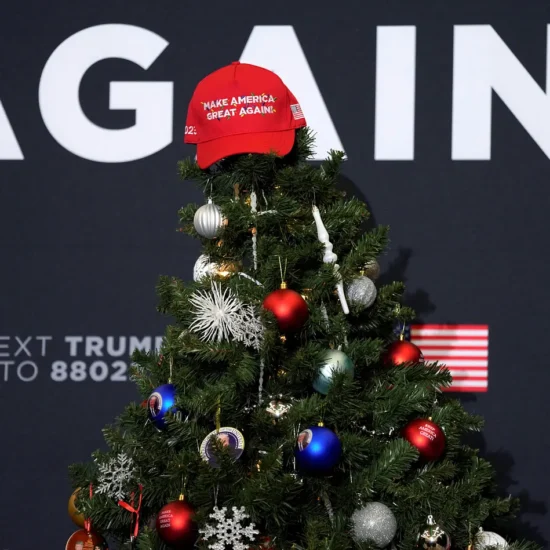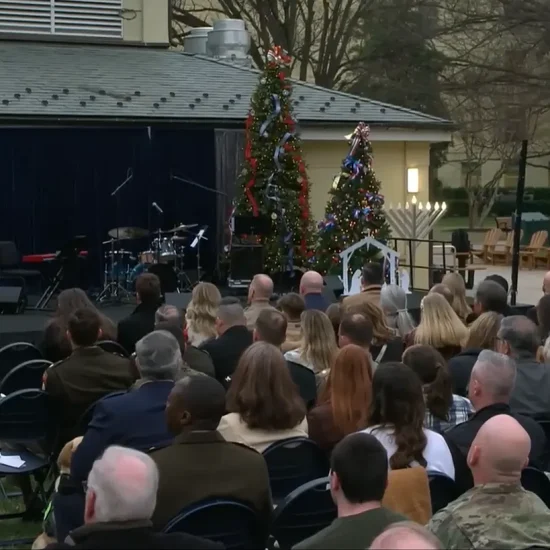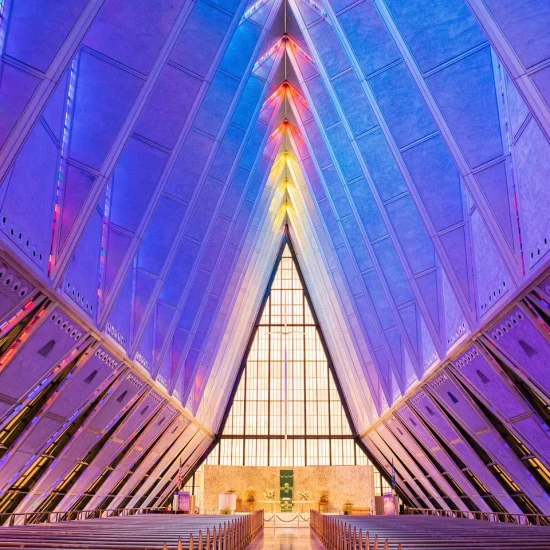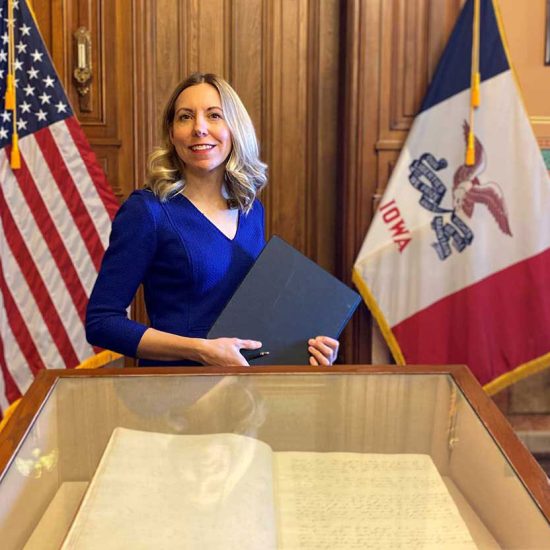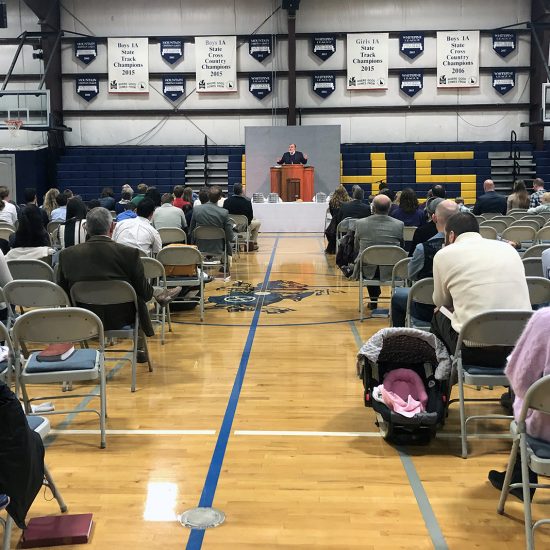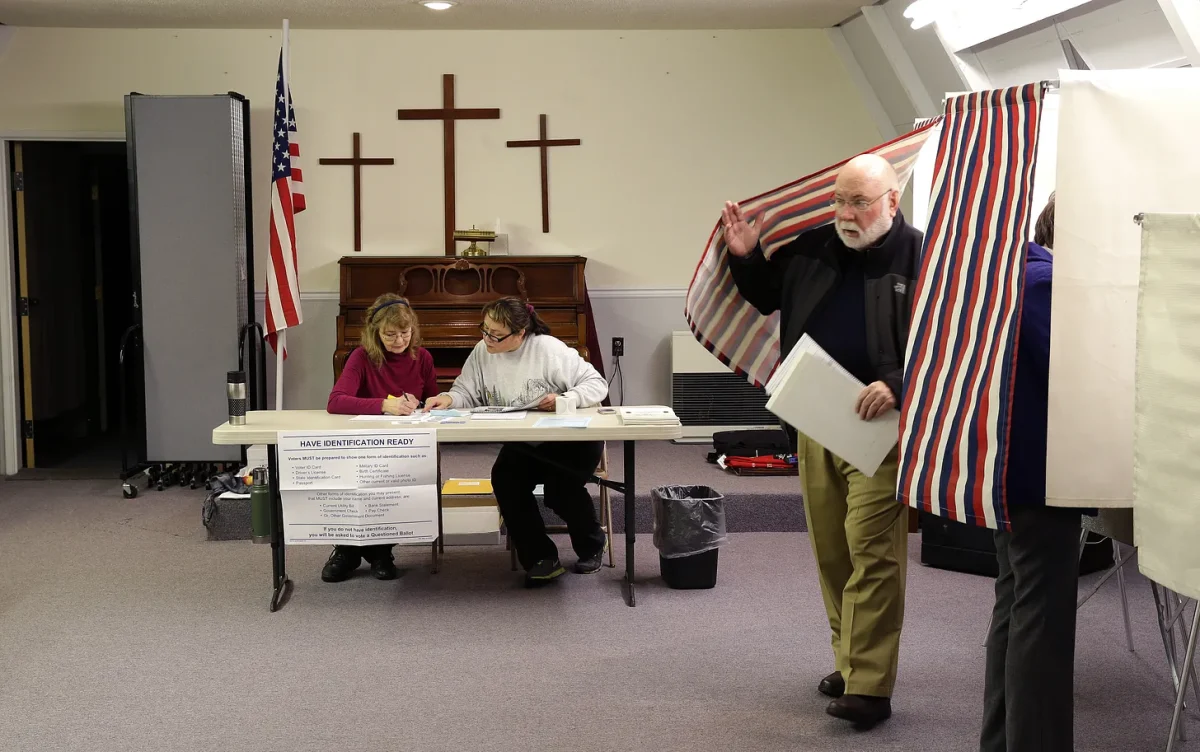
After years of campaigning, billions of dollars spent, and several weeks knocked off of all our lives from anxiety, Election Day has finally arrived. Perhaps you’re among the record number of Americans who voted early. Or maybe you’re still old-school like me and prefer to exercise your civic duty on the constitutionally assigned day. Obviously, who you vote for matters a lot. But where you vote can also have an impact.
Every state has laws banning electioneering inside polling places and setting a distance from the door to indicate how far away someone must stand to hand out campaign materials or put up a sign for a candidate or ballot measure. The distance is usually somewhere in the 50-200 feet range, which is why you probably see a bunch of signs next to the road as you arrive at your polling place but not actually next to the building. Many states also ban wearing campaign shirts or buttons inside when you go to vote.
These rules help reduce voter intimidation as well as potentially inappropriate last-second influences on a vote. But there are other things about the building itself that can subtly impact what people are thinking about as they vote — and therefore even affect how people vote. Churches are one such place.
Many Americans will walk into a house of worship today to vote. In 2020, more than half of polling places in Arkansas and Oklahoma were churches. Between 40% and 50% of polling places were churches in another seven states (Florida, Georgia, Indiana, Kansas, Missouri, Ohio, and Utah). And 21 more states had churches serving as at least 30% of their polling places. The churches most likely to serve as a polling place are Baptist, followed by Catholic, Wesleyan, and Lutheran.
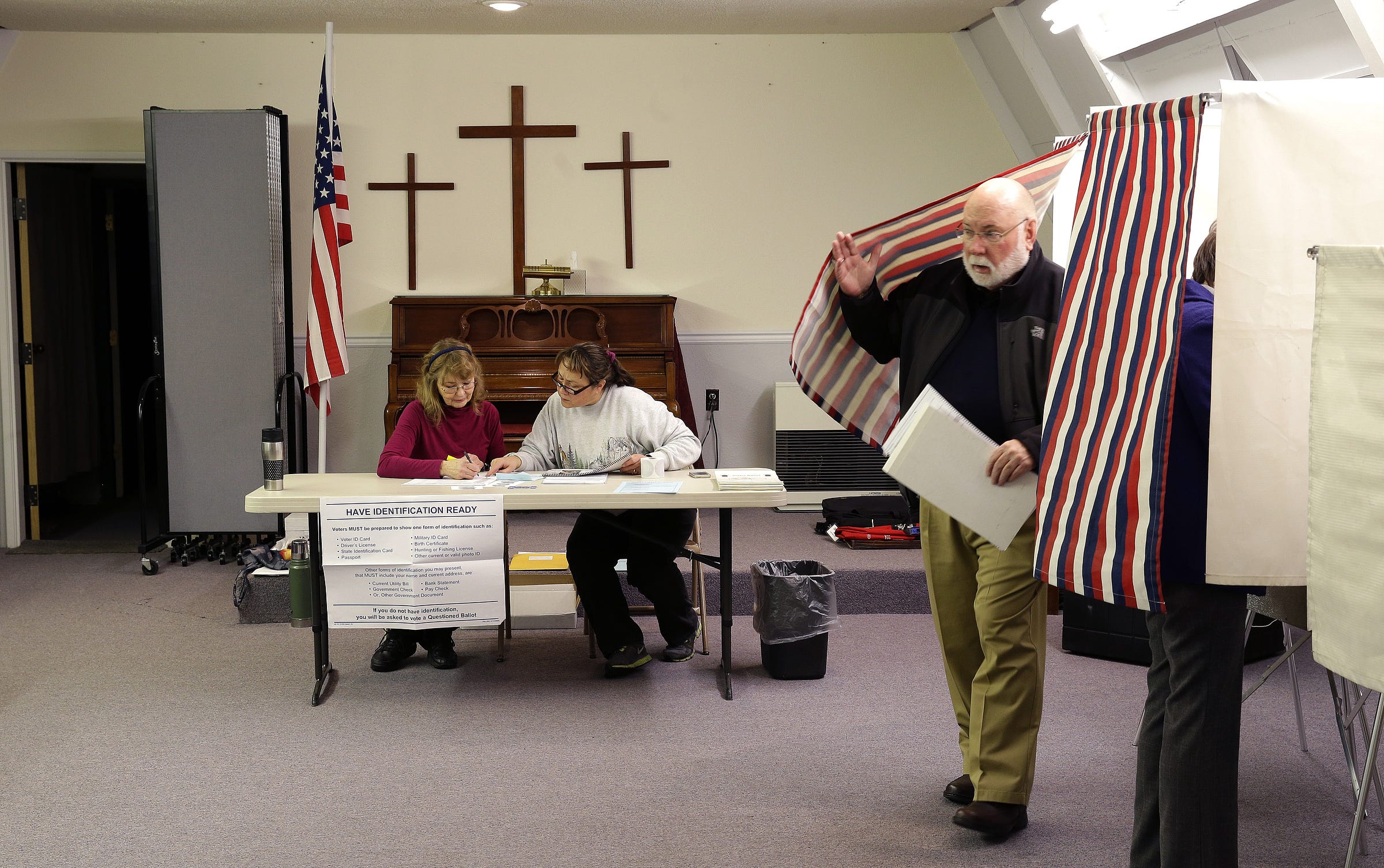
A voter leaves his booth inside Valley Bible Chalet in Indian, Alaska, on Nov. 4, 2014. (Ted S. Warren/Associated Press)
The rate of churches serving as polling places might increase this year as some other sites are becoming more cautious about opening up to the public. After protests by armed Trump supporters following the 2020 election, some school districts no longer believe it is safe to allow voting in their buildings while students are there. For instance, a school in Kentucky canceled classes after being forced to serve as a polling place when an alternative site could not be found that met legal requirements. And a school district in Phoenix, Arizona, this year dropped 16 sites where they previously served as polling places. That forced election officials to find new places, including churches and college campuses to fill the void.
But while election officials are concerned about finding a polling place in a good geographical spot with a large open room and enough parking, other aspects of the building they don’t generally think about can also matter. Where one votes isn’t necessarily neutral. So this Election Day issue of A Public Witness considers the impact a church building can have on voting before I head over to a nearby church to vote.
Polling Place Priming
In psychology, communication, and other academic fields, scholars talk about “priming” to understand how someone can be subtly influenced to think or act in various ways because of exposure to a stimulus or idea. Being exposed to one stimulus instead of another could impact how you process a decision.
For instance, if I were to ask you to talk about an adult from your childhood, you might talk about a parent, grandparent, teacher, pastor, etc. But if I did that after telling a story about something that happened to me in sixth grade, it might lead you to think first about teachers instead of family members when you decide who to talk about. Such an impact could also happen if I didn’t tell a story but instead asked you to pick someone after you walked past a big “back to school” banner. The most effective priming attempt is when I influence you without you realizing I’m deliberately trying to get you to think in a certain way.
Politically, this impact can be seen in trying to guide which issues voters most care about when voting. Donald Trump is trusted by more voters on immigration, cost of groceries, and crime, while Harris is trusted by more voters on abortion, jobs, taxes, disaster relief, election integrity, and climate change. For a voter torn between the candidates, if one issue is higher on their mind when they vote it may impact their final decision. Trying to get voters to focus on a certain issue (rather than change their mind on other issues) is a form of priming.
Priming can happen without intentionality, meaning you might be led to think about something that impacts a decision even if someone isn’t trying to subtly persuade you. Walk into a funeral home and you will likely be primed to think about mortality even if no one is trying to put those thoughts in your head. Similarly, walk into a library and you are primed to think about silence.
In that vein, scholars have studied the impact of polling places on what people are primed to think about as they vote. Like in real estate, location matters.
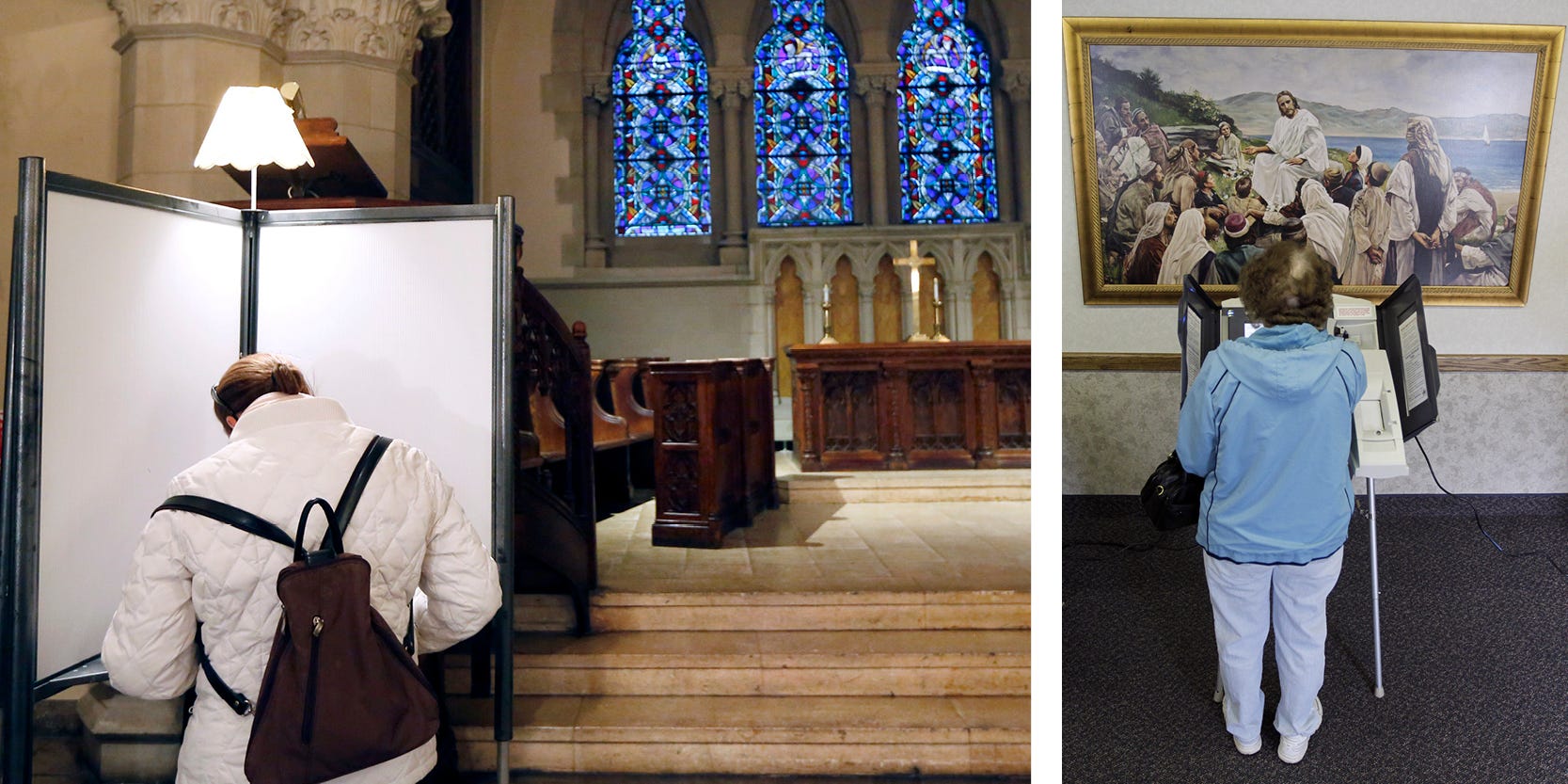
Left: A voter marks a ballot inside Old South Church in Boston, Massachusetts, on March 1, 2016. (Michael Dwyer/Associated Press). Right: A woman votes inside Sandy Granite Church of Jesus Christ of Latter-day Saints in Sandy, Utah, on Nov. 6, 2021. (Rick Bowmer/Associated Press)
One study looked at voters in a general election in Arizona. Those who voted in a school building were more likely to support raising the state sales tax to support public education than those who voted in churches, community centers, or other types of buildings. That impact occurred even when the researchers controlled for political party and other demographics.
Other studies have found similar priming effects from voting in churches. For instance, one scholar found a correlation between voting in a church and an increased support for a Republican candidate in a U.S. congressional race in South Carolina. That research also found that being in a church could make someone more likely to vote for an amendment against same-sex marriage and more likely to support an anti-abortion position. Interestingly, the priming on abortion was true for Christians but not non-Christians. Another team of researchers found that people being in a church moved them to back more conservative positions on abortion, immigration, drug policies, taxes, and war. The theory goes that being in a church reminds people of religious teachings, thus helping prioritize religious influences over others.
It’s important to note that this isn’t some magical, automatic overrider of people’s opinions. At most it moves just a few votes, though that can matter in close elections. And sometimes the effect isn’t found. Some studies looking for differences failed to find that people voting in a church were more likely to support various ballot initiatives on same-sex marriage. This could be in part because churches as polling places are not randomly distributed, or because other factors in that election overrode any potential impact from polling place priming. As a researcher studying a 2008 election in California found, “Polling in churches was significantly more likely to occur in rural counties, in counties with more African Americans and women, in counties with more extensive religious affiliation, and counties with a greater propensity for voting by mail.” That is, people more likely to think about their faith anyway when voting might also be more likely to vote in a church.
More research is needed to consider polling place priming effects of voting in churches (like potential impacts on additional issues or differences between the type of church buildings). But the research so far (and more extensive research on priming in general) shows that where you vote might influence how you vote.
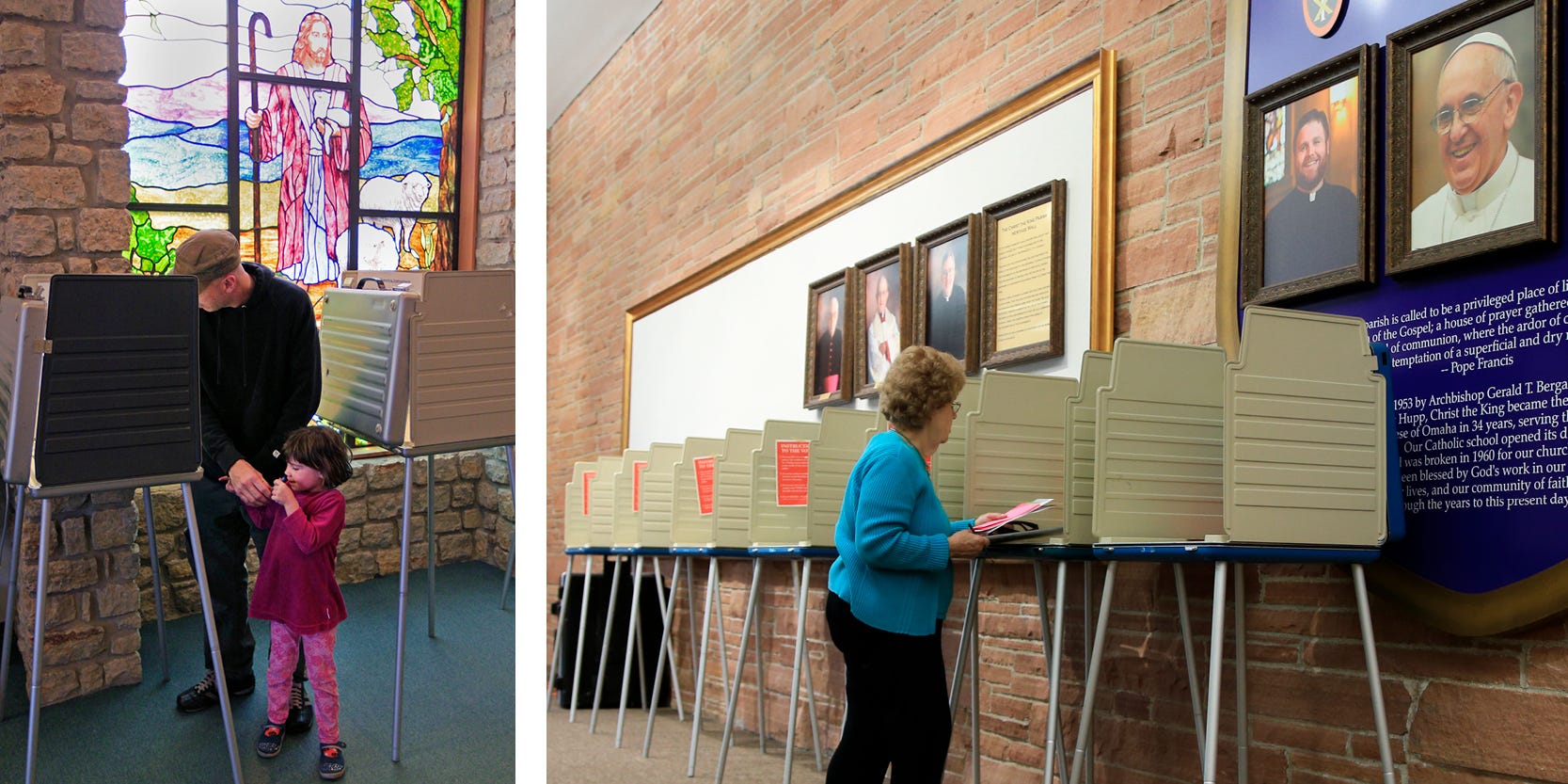
Left: A man votes as his daughter watches inside Mount Washington United Methodist Church in Cincinnati, Ohio, on Nov. 6, 2012. (Al Behrman/Associated Press) Right: A woman votes inside Christ the King Catholic Church in Omaha, Nebraska, on May 10, 2016. (Nati Harnik/Associated Press)
Get cutting-edge analysis and commentary like this in your inbox every week by subscribing today!
Defrock the Vote?
The studies finding a priming impact based on where someone votes alarm some legal scholars who fear this undermines other election laws intended to protect the vote. As two Syracuse University law professors wrote, “This [polling place priming] effect, coupled with the notion that a person who is unaware of these influences on her behavior will not have opportunities to alter her voting behavior, is unsettling.” They therefore expressed their hopes that courts would consider such potential unconscious impacts on voters. That, however, seems unlikely.
Thus far, judges have dismissed complaints about voting in churches. Such as from an atheist in Oklahoma and a Jew in New York who both argued they couldn’t enter a church and so were being barred from voting. The courts, however, insisted that since they could vote absentee without entering a church, there was no infringement on their voting rights.
Another case went beyond voter access. In 2007, a nonobservant Jew filed a suit after voting in a Catholic church in Florida. He didn’t argue that he couldn’t enter a church but did complain about the church as a voting site since he had to walk past the church’s anti-abortion banner and several crucifixes just to vote. And then he could see several religious messages from where he stood while voting in a Sunday School room, including a poster of the Ten Commandments, the Lord’s Prayer, multiple crucifixes, and an anti-abortion sign. He argued in his suit that “being surrounded by religious icons and prayers set the tone for entering the voting place” and could influence voters. He also called it an improper government endorsement of religion, noting that the government specifically bans candidate messages where the religious messages were as people vote.
A judge tossed the lawsuit, arguing the religious messages were just private religious messages that were not endorsed by the government. The judge did not, however, address concerns about potential voter priming because of the signs and symbols.
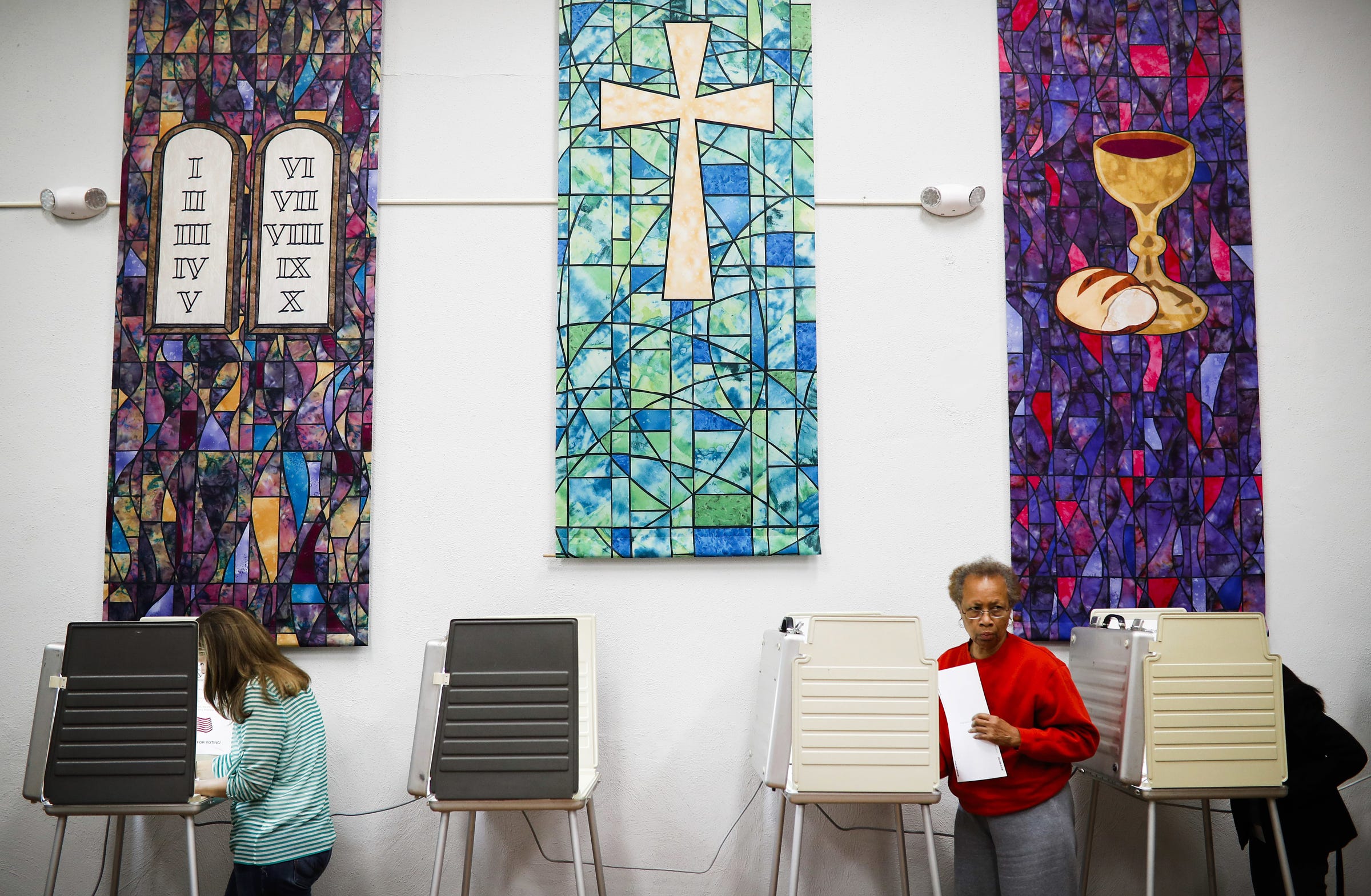
People vote inside Pleasant Ridge Presbyterian Church in Cincinnati, Ohio, on Nov. 8, 2016. (John Minchillo/Associated Press)
Although not accepted by a judge, the plaintiff in the Florida case revealed a potential issue based on the priming scholarship. And the plaintiff even offered a possible solution as he had requested the election supervisors remove the religious messages from the voting room.
That’s also a solution suggested by scholars who study polling place priming. For instance, a team of researchers who found an impact from voting in schools on education support argued against outright removing a particular type of place as a voting location since “it is unclear that any polling location is context free.” But they still saw ways to reduce the unintended priming effect: “If potentially biasing locations are used, however, one could take steps to minimize their influence. For instance, having people vote in a generic multipurpose room rather than a school hallway filled with children or a church room containing religious images.”
That description matches the church where I vote. They set up the polling place inside the activities building that’s actually across the street from the main church building. Inside it looks like just a gym without any religious symbols or messages. So while it’s technically a church building, any priming would likely be minor as it looks like a YMCA or a school gym without the mascot painted on the wall. And it’s also not one of the churches that have been putting up signs on their property to urge votes against a state ballot initiative.
As communities seek spaces to enable the important civic activity of voting, it’s great that churches volunteer their spaces. It’s one way of serving the community. But perhaps part of that hospitality should also include making sure the space doesn’t create barriers for people wanting to vote but who don’t want to visit a church. Using a gym or a fellowship hall is more welcoming than the sanctuary. And taking a few minutes to remove religious messages and symbols can make it a more appropriate space for those simply showing up where the government told them they could exercise their right to vote. Moving such messages and symbols could also help prevent any inadvertent priming that impacts an election.
As a public witness,
Brian Kaylor

